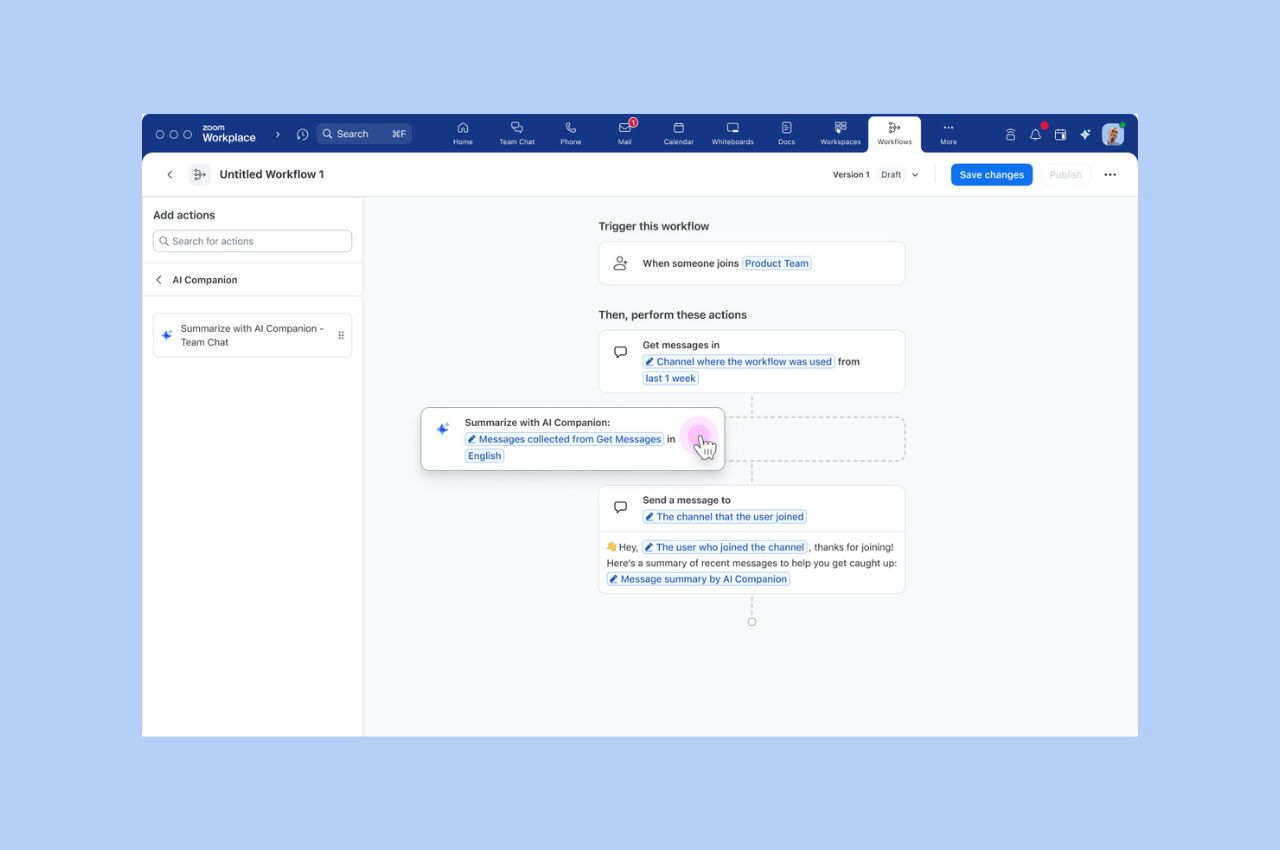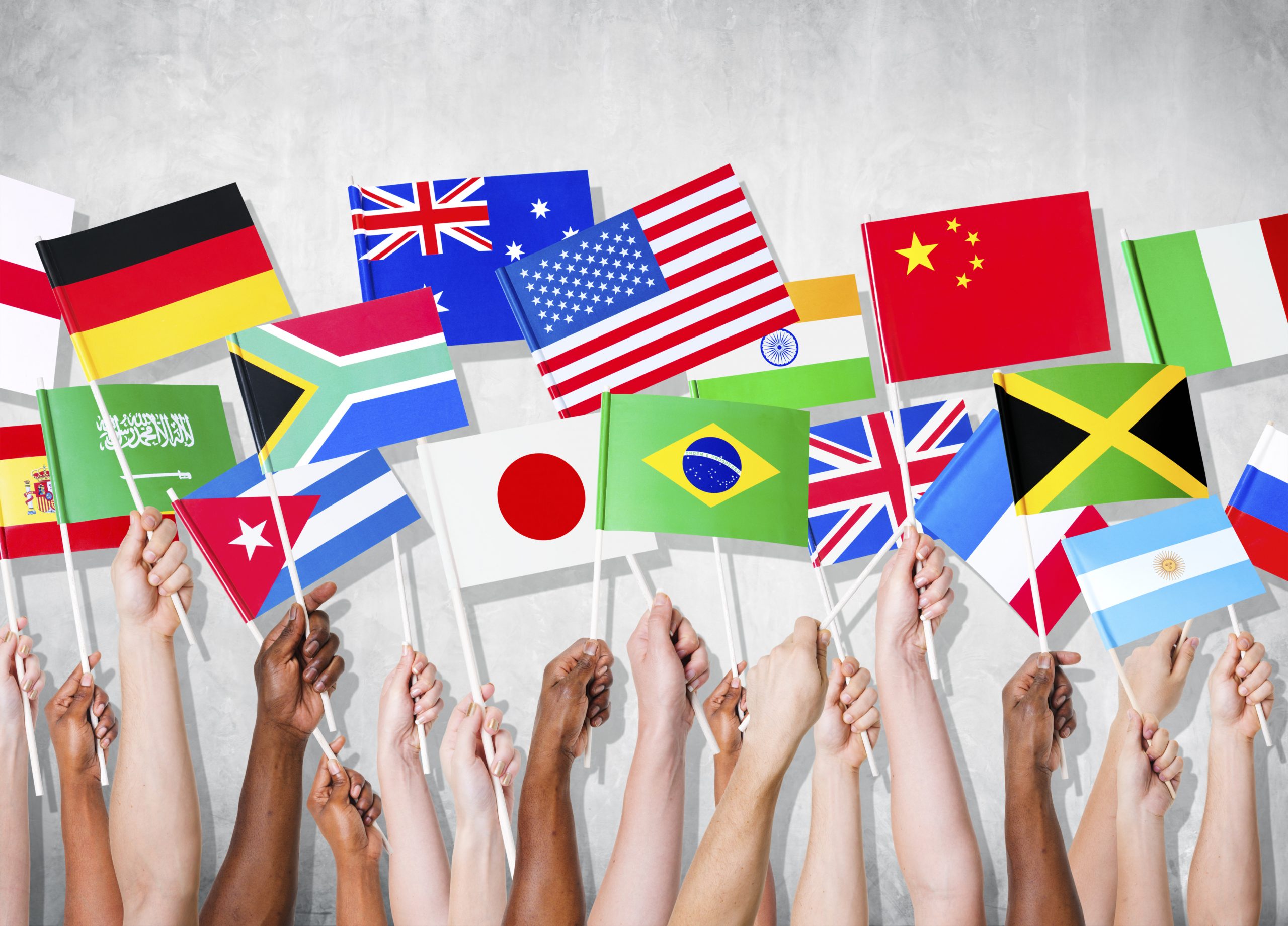
Workflow Automation tips: Save your team hours with automated workflows for common tasks
Zoom Workflow Automation allows you to create automated workflows for common tasks like responding to chat messages, helping your team save time.
Updated on April 21, 2022
Published on June 24, 2014

With access to so many services, like Zoom, that allow us to talk to people around the world day-in and day-out, we often take for granted the fact that we’re living in an international community. That is, it is so easy to connect that we don’t really appreciate that the person on the other end might have trouble communicating with us or understanding our culture. When we welcome an international participant for the first time via video call, there may be some things that will stand out to us about that person, and vice versa. This is known as a culture shock, and there are some things you can do to make the transition from a foreign environment easier. It involves lots of reciprocity and etiquette that you don’t normally practice among your close colleagues, but it will ease into a better experience for everyone. Zoom’s meetings provide a rich environment by which people can build rapport, but you still have to give the meeting direction and context. Here’s how.
Even when you are all technically speaking the same language, strong accents or fast talking can cause the meeting to descend into chaos. You may hang in there for 15 seconds, but we guarantee you’ll be regretting not having an interpreter around very quickly. To make an international meeting very productive, it’s best to have an interpreter around that can easily translate between you and your guest. This isn’t always an option though so you'll also have to train your ear to get into the rhythm of other people's speech patterns and slow down your own speech to accommodate non-native ears.
For the best experience with a foreign guest, participants in a meeting should be able to face each other. This way, even if they didn’t catch a phrase correctly, people can at least pick up the pieces by interpreting lip movements, and body and facial cues (yes, Zoom is that high-def). Though most of us don’t actively lip-read, our minds subconsciously use lip interpretation as an aid to supplement hearing. That’s why a slightly “fuzzy” audio recording can be enhanced by just showing how the participants’ lips moved. Audio-only connections don't allow for this extra visual information to get through to the other side.